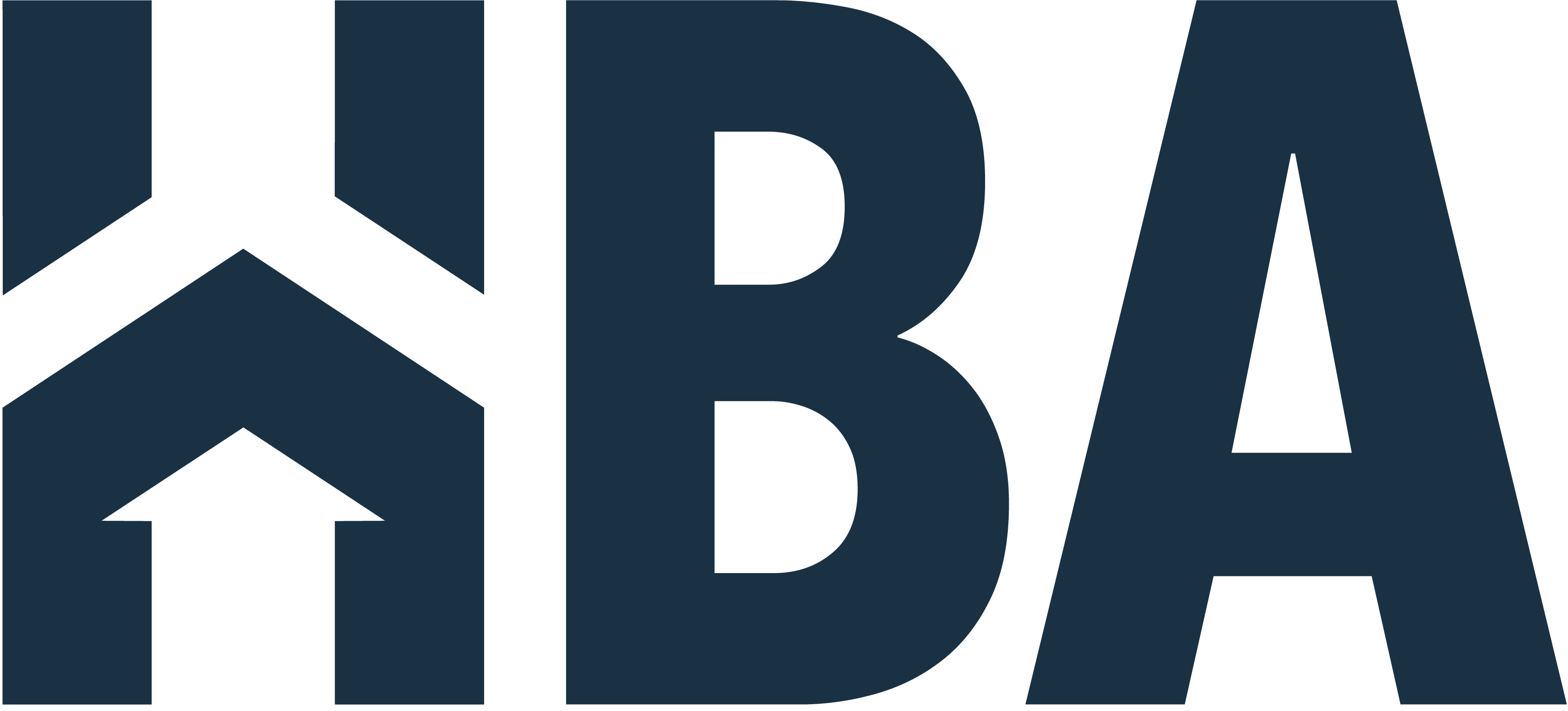In July, overall inflation remained unchanged from the previous month, while core inflation accelerated.
The Bureau of Labor Statistics (BLS) reported that the Consumer Price Index (CPI) rose by 0.6% in July on a seasonally adjusted basis, the same increase as in June. Excluding the volatile food and energy components, “core” CPI rose by 0.6% in July, after an increase of 0.2% in June. It marked the largest monthly increase in the “core” CPI since January 1991. This monthly increase in the “core” CPI was caused by increases in multiple indexes. In July, the indexes for shelter (0.2%), communication (1.9%), used cars and trucks (2.3%), apparel (1.1%) and medical care (0.4%) all increased, while the index for recreation declined by 0.6%.
In July, the increase in energy prices was partially offset by the decrease in the food index. The price index for a broad set of energy sources rose by 2.5% in July, after an increase of 5.1% in June. The food index decreased by 0.4% in July, following a 0.6% increase in June. It was the first decrease since April 2019. The index for food at home decreased by 1.1% in July after an increase of 0.7% in June. Five of the six major grocery store food group indexes fell in July. The index for food away from home rose by 0.5% in July, the same increase as in June.
During the 2008 recession, steep declines in energy prices pulled overall inflation away from core inflation, widening the gap between overall and core inflation. Unlike the 2008 recession, significant declines in core inflation, along with decreases in energy prices, accounted for drops in overall inflation during the recent COVID-19 pandemic. Overall and core inflation moved in the same direction over the past seven months.

During the past twelve months, on a not seasonally adjusted basis, the CPI rose by 1.0% in July, following a 0.6% increase in June. Meanwhile, the “core” CPI increased by 1.6% over the past twelve months, after a 1.2% increase in June. The food index rose by 4.1% and the energy index declined by 11.2% over the past twelve months.
BLS data collection in July was again affected by the COVID-19 pandemic. BLS mentioned in the today’s news release that many indexes are based on smaller amounts of collected prices than usual, and a small number of indexes that are normally published were not published this month.










